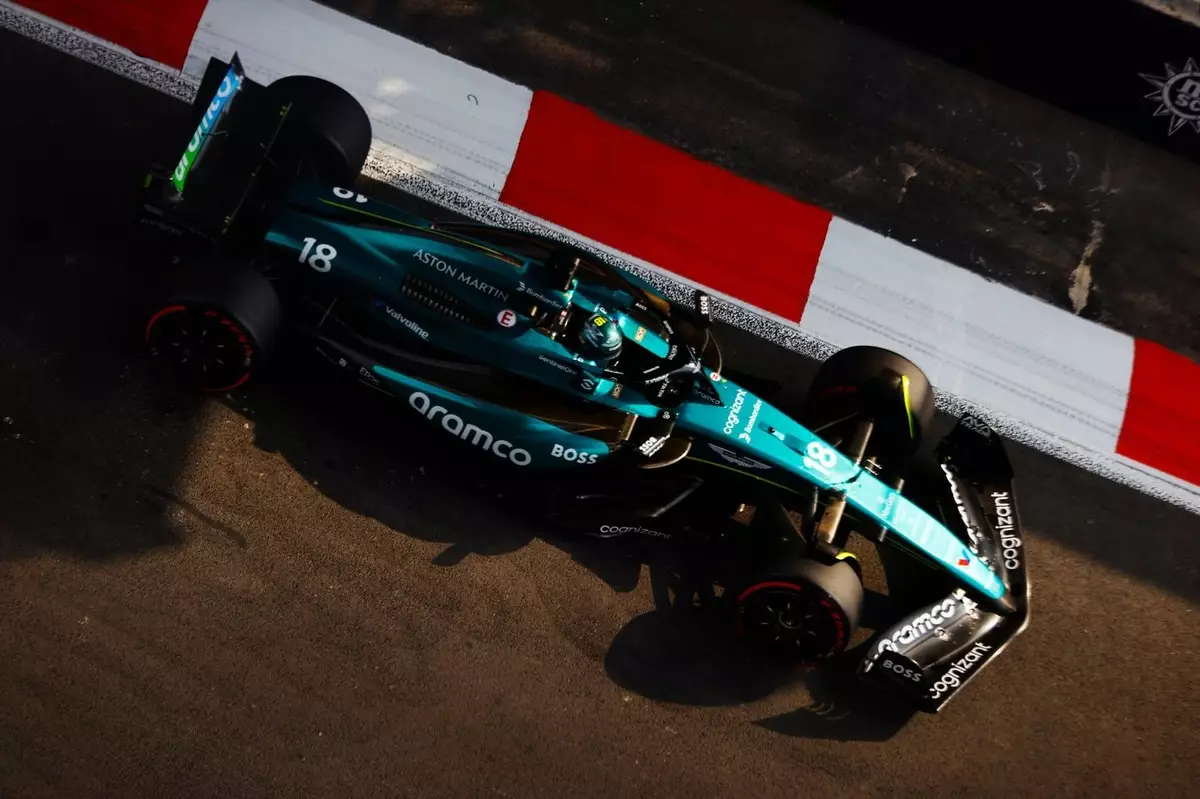As Formula 1 gears up for the significant overhaul of its technical regulations in 2026, discussions around the implications of these changes are heating up. Prominent figures in the sport, including famed engineer Adrian Newey, are expressing their predictions about how this will shape the competitive landscape of the championship. Given Newey’s extensive experience and recent appointment as managing technical partner at Aston Martin, his insights carry considerable weight in understanding the potential trajectory of the sport.
Echoes of the Past: The 2014 Hybrid Era
Newey draws a compelling parallel between the upcoming changes and the onset of hybrid power units in 2014, a period that saw Mercedes emerge as a dominant force. He suggests that the races could be heavily influenced by engine performance at the outset, owing to the simultaneous revamp of both chassis and engine regulations. This unique situation creates a scenario where one or several engine manufacturers may gain an early advantage, potentially stalling the development of other teams trying to catch up. The prospect of dominance through engine power—whether via combustion or hybrid technologies—could lead to an uneven playing field reminiscent of past seasons.
Understanding the Engine Dynamics
The technical regulations for the 2026 season indicate a move towards more hybrid-centric power units, marking a notable departure from the complex and costly MGU-H systems. Instead, a more substantial focus will be on the MGU-K, which could significantly alter the distribution of power and performance among the various teams. Newey highlighted that the initial phase may primarily showcase the capabilities of the power units, essentially transforming the competition into what could be described as an “engine formula.”
The introduction of an override system intended to enhance power when following another car could further add to the strategic elements of racing. This system, reminiscent of the Drag Reduction System (DRS), aims to balance aerodynamic advantages with raw engine output. However, Newey indicates that such technologies also come with their own set of complexities that could affect the racing dynamics differently than anticipated.
Newey also pointed out the inherent challenges manufacturers may face as they navigate the new regulations. If a particular manufacturer establishes a robust combustion engine that meets the new guidelines, it could dominate the field for years. Conversely, advancements in electrical technology may provide more room for catching up among competitors, potentially equalizing the playing field over time.
This creates an intriguing tension within the sport, where some teams may find themselves on the back foot if they cannot quickly adapt to the new engine architectures. Furthermore, interference from fuel optimizations—while theoretically flexible—also poses limitations, as teams cannot simply switch fuels without ensuring their engines are correctly calibrated for new specifications.
Aston Martin’s collaboration with Honda as their works engine partner, as well as their initiative with Aramco to utilize sustainable fuels, indicates a strategic approach to the evolving landscape. Additionally, the emergence of Audi and General Motors’ Cadillac as new engine suppliers expands the competitive scenario, highlighting a shift towards diversification in power unit offerings.
With established players like Mercedes, Ferrari, and Honda, the entry of additional manufacturers like Ford cooperating with Red Bull Powertrains injects new life into the competition. As Newey prepares to lead Aston Martin’s efforts in developing their 2026 car, he recognizes the significance of aligning with innovative engine technologies and sustainable practices while juggling the demands of upcoming seasons.
As Newey transitions back into the fold of Formula 1 after a hiatus, he expresses clear intent to concentrate on Aston Martin’s car for 2026 while remaining aware of the complexities introduced by the new regulations. This upcoming season promises to be a pivotal point in the history of Formula 1, with the potential for significant shifts in both technology and competitive balance.
Newey’s insights emphasize the challenges and opportunities ahead in ushering a new era defined by engine performance. Just like past transitions, the sport must navigate the fine line between innovation and competition, ensuring that it remains a thrilling spectacle for fans and teams alike. Only time will reveal how these changes will unfold on the racetrack.

